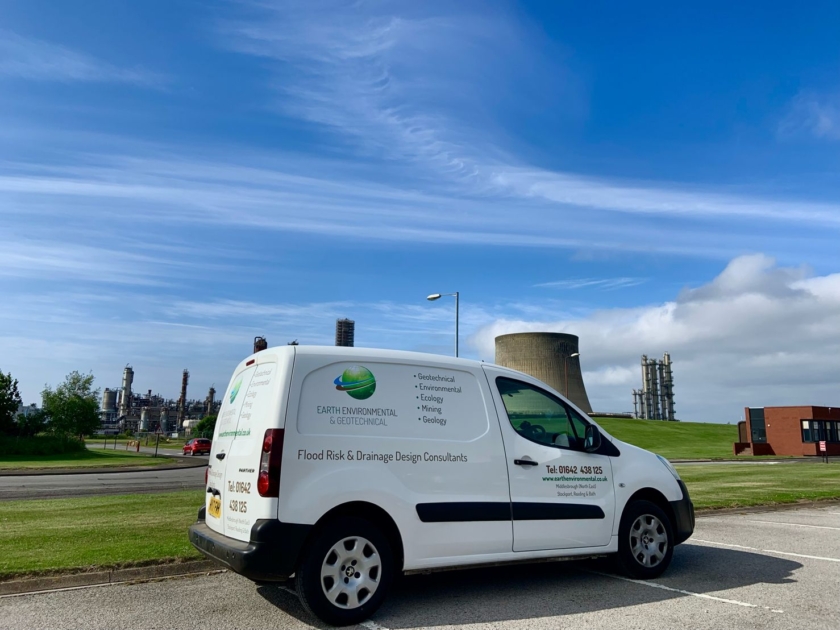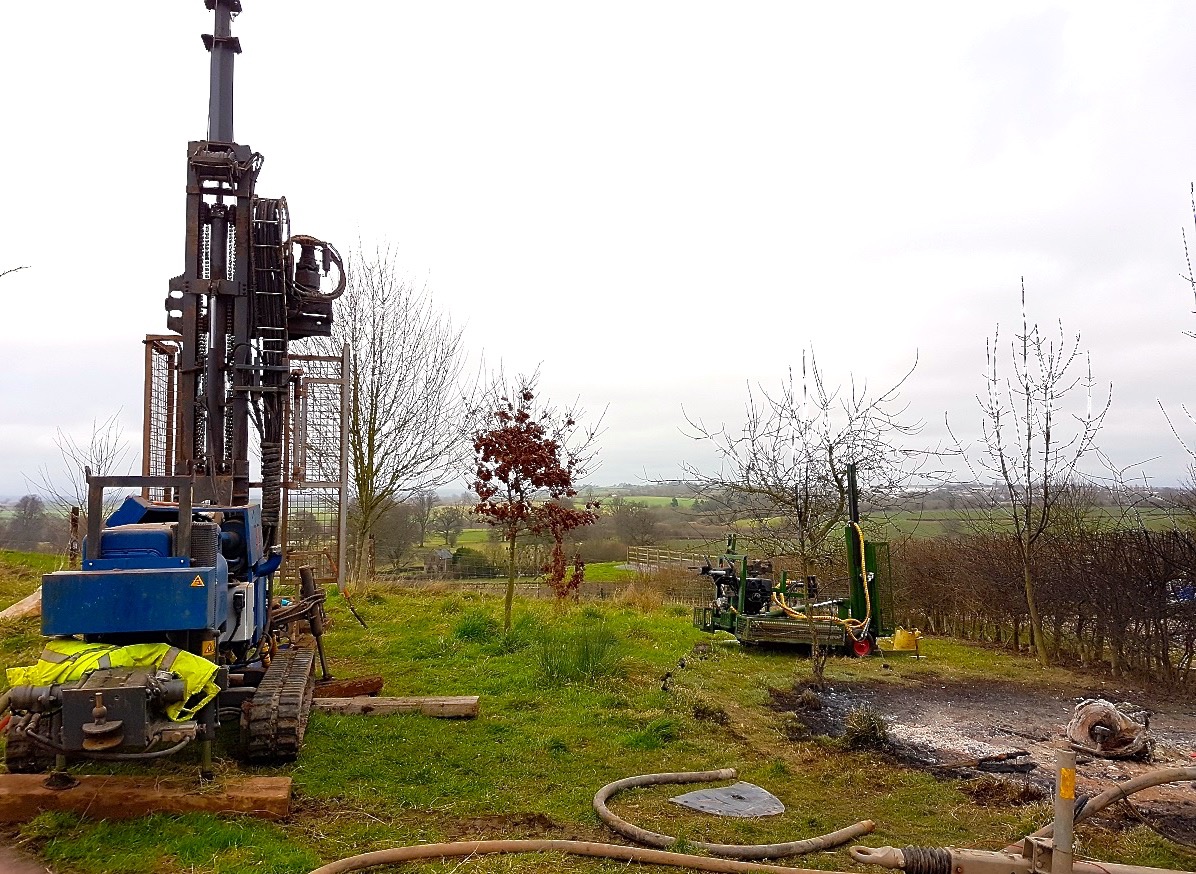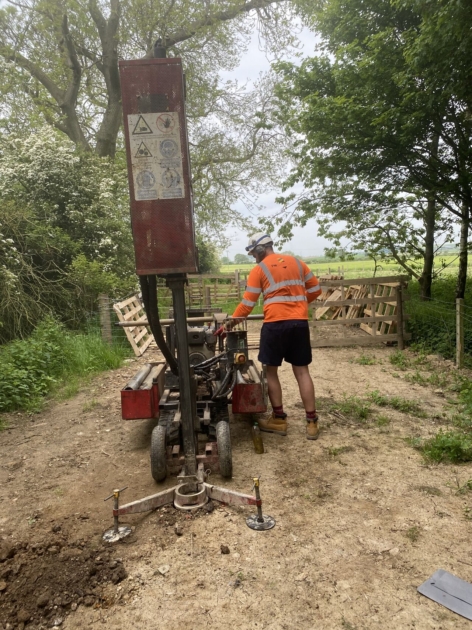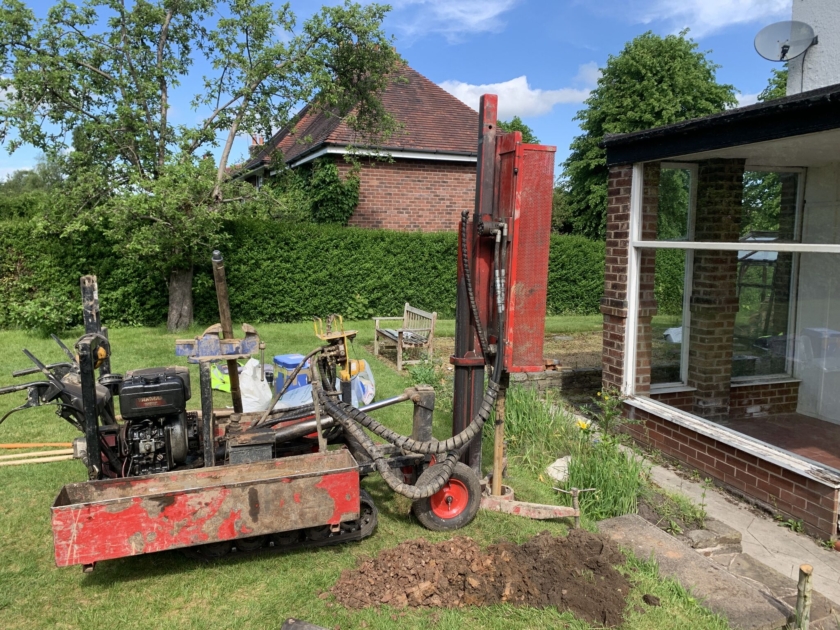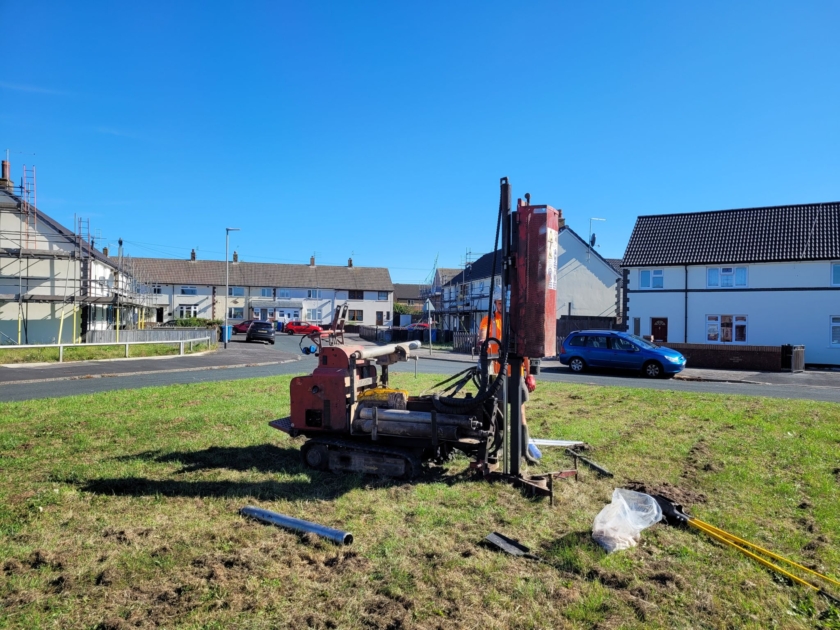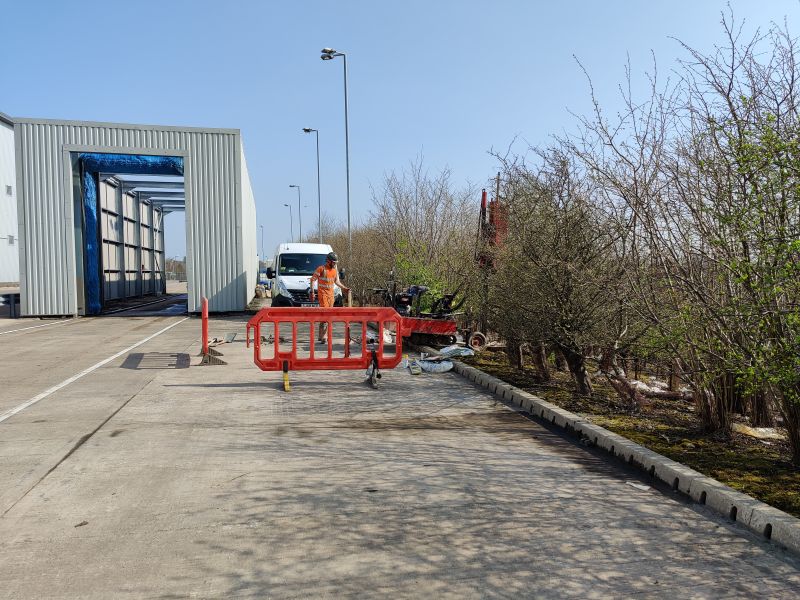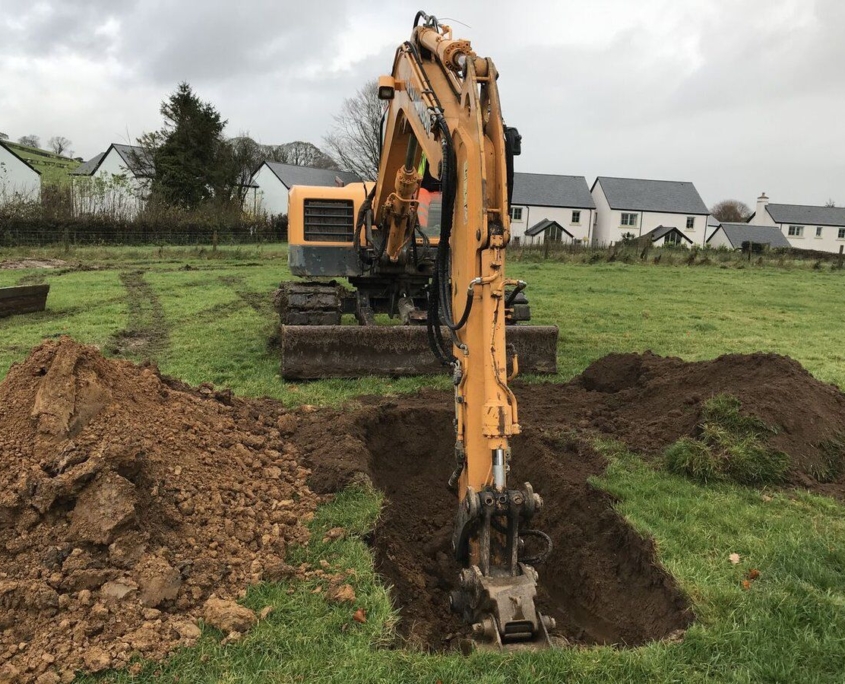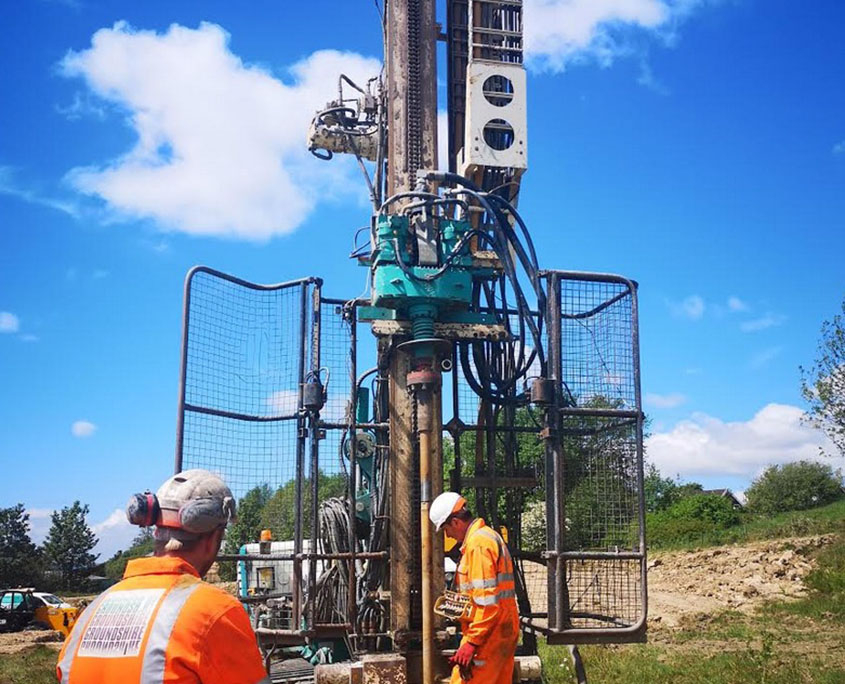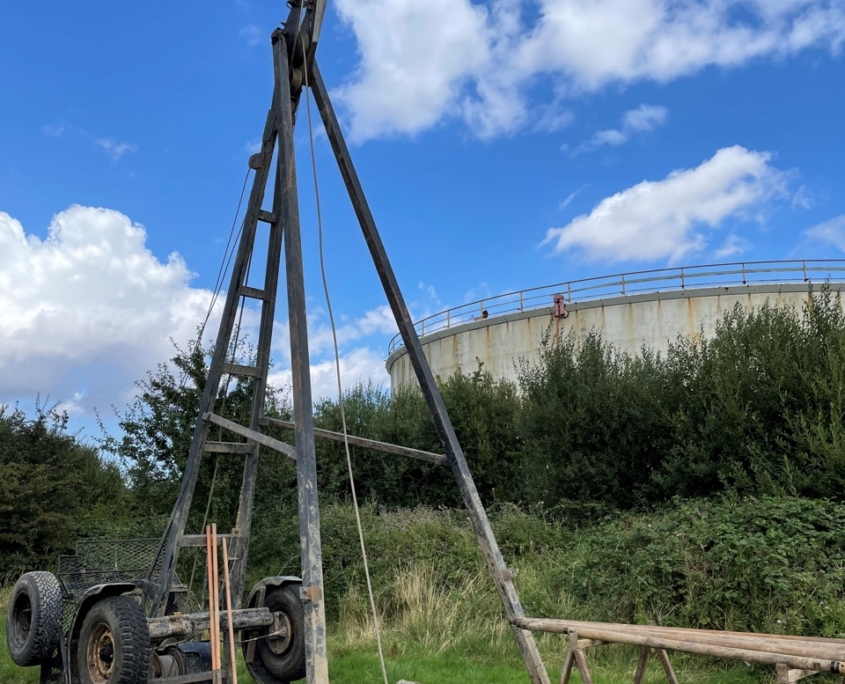Window Sampling is a site investigation technique to extract samples for geotechnical or chemical analysis from soft soils & cohesive strata.
Window Sampling is also known as Dynamic Sampling, Mini Boreholes or Windowless Sampling. It is a site investigation technique used for geotechnical and environmental assessment on soft ground and cohesive strata to extract soil, clay, or sand samples for geotechnical or chemical analysis.
Window Sampling is a cost-effective drilling method where steel tubes are driven into the ground to extract sub-surface profiles to establish ground conditions and/ or if contaminants are present. The results of this analysis can be used to inform foundation designs and advice on designs and suitability of the proposed development construction.
Earth Environmental & Geotechnical provide an extensive range of window and windowless sampling using a range of equipment depending on access, space limitations and known geology of the site.
Window sampling is a great technique to recover undisturbed samples for analysis where the subsurface is cohesive strata, if the known geology of the site requires rock samples, then other site investigation techniques like rotary drilling may be more appropriate. To discuss your development site and site investigations for planning applications contact Earth Environmental & Geotechnical Tel: 0161 975 6088
What is Window Sampling?
Window Sampling is versatile, and a relatively low cost site investigation technique. Cylindrical steel tubes are driven into the ground using a hydraulic/ percussive hammer, pushing the soil samples into the tube.
The drilling rigs can be mounted on rubber tracks, or can even be handheld if space is limited, so this site investigation technique offers flexible solutions for soft soil investigation.
Depending on the ground conditions a variety of diameters are available ranging from 35 mm to 80mm. The sampler generally uses one-metre long extension rods obtaining one-metre long cores to a depth of up to 10m, if conditions are suitable. But the typical sampling depths are generally between 2 and 6 metres. When the required depth is reached a hydraulic jack is used to extract the sample tubes and drill rods.
If the subsurface soil is unstable a steel casing can be installed when the sampler is extracted. This prevents the borehole from collapsing.
The track mounted equipment is also capable of carrying out in-situ testing, including:
- Standard Penetration Tests (SPT)
- Cone Penetration Tests (CPT)
- Dynamic Probe Testing
Core and bulk samples can also be taken for Laboratory Testing, Contamination Testing, and for our Engineers to log in accordance with BS EN ISO 14688-1 and BS EN ISO 14689-1.
Window sampling is particularly suited to restricted access sites, contamination investigations, and where disturbance must be kept to a minimum. Because the drilling rigs are relatively lightweight they can be used on environmentally sensitive sites.
Window sampling can be used for a variety of investigations where ground conditions need to be assessed but access is restricted. E.g. In basements, back gardens, retaining walls or close up to structures. At Earth Environmental & Geotechnical we can even use drilling rigs that can be driven through a standard domestic doorway.
What is the difference between window and windowless sampling?
Window Sampling utilises a tube with a cut out section, which resembles a window, hence the name. Soil sampling can be conducted through the window of the sample tube, if a small sample is required for analysis.
Windowless samples are retrieved in seamless plastic tubes also known as liners. This system is particularly useful when contaminants may be present and the cored sample needs to be isolated for logging by one of our GeoEngineers.
Earth Environmental & Geotechnical offer Window Sampling, Windowless Sampling, Dynamic Sampling and Mini Boreholes drilling throughout the UK as part of their Geotechnical and Environmental Site Investigations Services.
If you would like to discuss your development site, call our Head Office on Tel: 0161 975 6088
Many site investigations are conducted to discharge planning conditions and our staff always ensure, time permitting, that prior to delivery of a costed proposal an outline of the proposed works is initially discussed with the regulatory authorities.
Before any site investigations commence it is important to understand your development sites ground conditions and what Ground Investigation techniques are most appropriate.
Our staff have extensive experience in the design of geotechnical, mining and environmental site investigations in accordance with current best technical practices and planning guidance. The team are able to manage geotechnical and geo-environmental investigations for the most demanding of sites. Our multidisciplined teams include engineers, geologists, environmental scientists, drillers and technicians who are experienced in all aspects of ground investigation and remediation works.
In-house drilling rigs are wherever possible used for drilling work, with approved quality sub-contractors used for projects (where necessary).
At Earth Environmental & Geotechnical we recommend discussing your development site proposals at an early stage, we can offer advice, recommend investigation techniques and suggest scopes of work which will help with your development designs and subsequent planning application approval.


